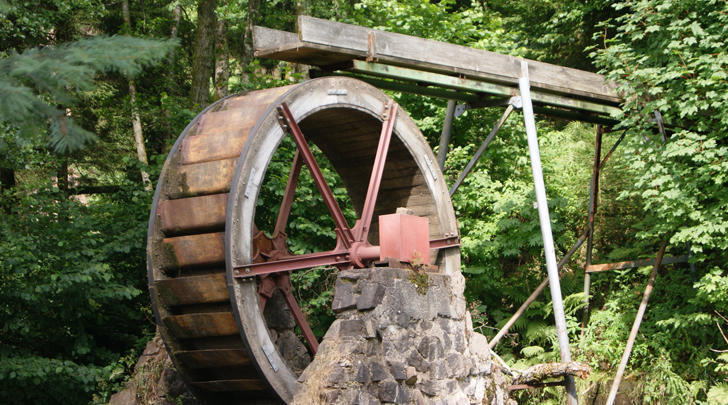Transport and technology
Generating power with washing machine motors: a reader’s question
Green Ideas editorial team

I was sitting around with the guys at work during morning tea and we were talking about energy and sustainably producing electricity and one of the lads mentioned smart engines, the likes of which are found in washing machines, which apparently generate an electrical charge if rotated under a constant load – either wind or water or perhaps even cycling? Anyway I thought there must be tons of old engine parts out there ready to be recycled by the eco warrior keen on finding a way of charging their smartphone batteries sustainably – and possibly even for free! If only there was an innovative, trendy magazine that could investigate, experiment and advise the masses with a set of blueprints for their own small-scale energy plant. But wait, there may be...!
Editor replies:Thanks for your question, Hamish, which we passed on to a couple of green electricity experts. Below is a reply from Electronics design, maintenance and repair person Ants Field. Our other expert, Andrew Mackintosh, suggested an alternative method using car alternators. For his advice on creating your own mini hydro dam, see the August-September 2015 issue of Green Ideas!
Dear Hamish
Yes, if a coil of wire is moved through a magnetic field, it will generate electricity. This is how most of our electricity is generated.
You talk about "smart engines" used in washing machines; I think you are talking about ‘smart drive’, which is a brand name for the electric motors developed by Fisher & Paykel and used in their washing machines and dishwashers. These electric motors are very well suited to repurposing into electricity generators, and yes you can salvage them cheaply from dead washing machines.
Now comes the tricky part – sadly, despite the similar name, they are not directly compatible with smartphones, laptops or other household electric devices. You need a fair bit of engineering knowledge to harness the mechanical energy to turn the smart drive, and more engineering knowledge to produce useful and stable electricity from them. This is the difficulty with electricity, it needs to be the right voltage and current, and it isn't easily stored.
It's actually much easier to save electricity than to generate it! I have a small pile of smart drives and other electric motors stashed away for ‘one day’ projects, however I prefer to save energy as this is easier and usually has a faster pay back on the money spent.
